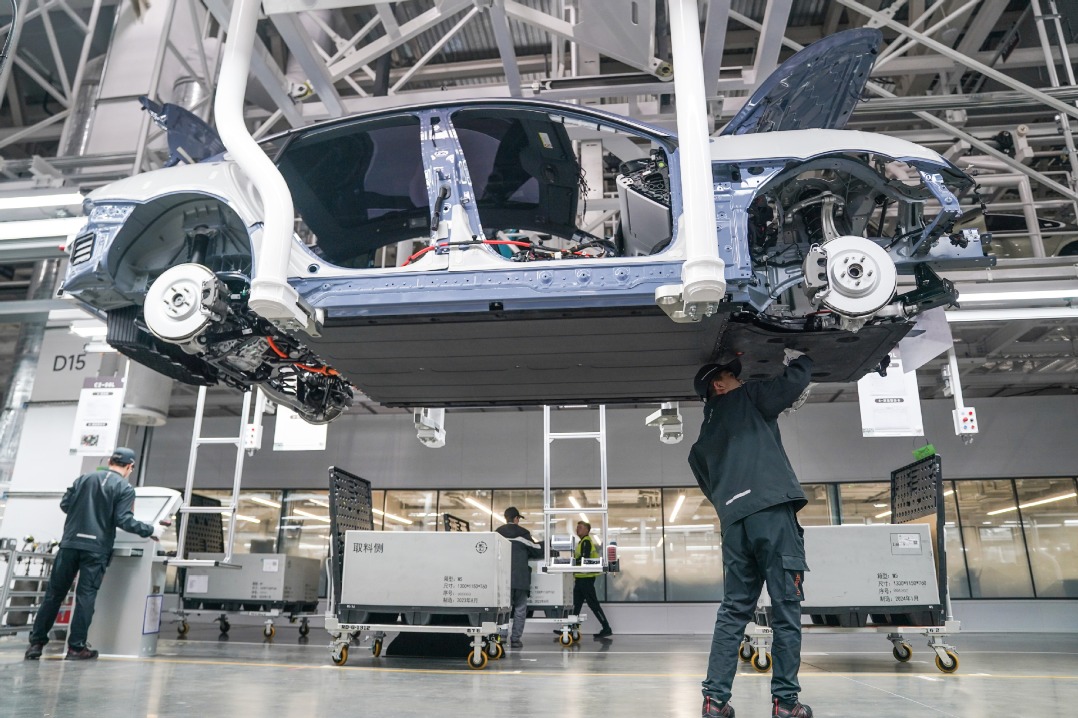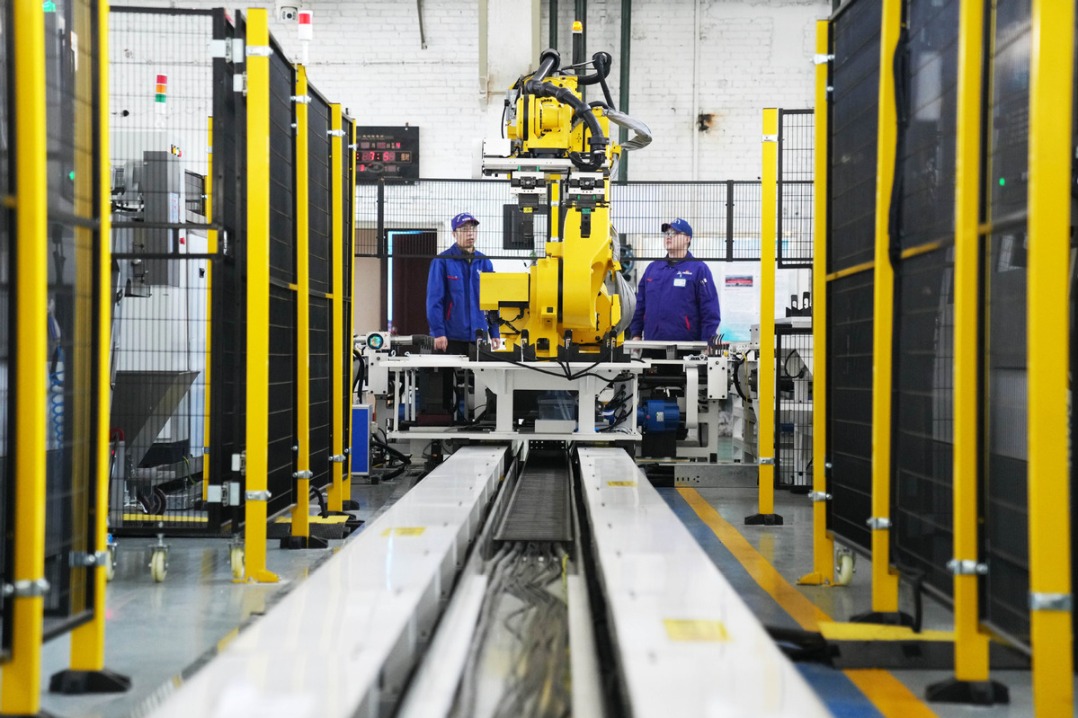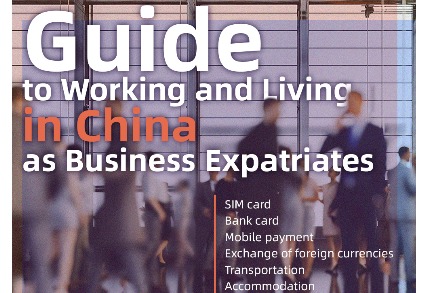Multinationals invited to join Belt and Road Initiative

China welcomes multinational development organizations to join the Belt and Road Initiative, which President Xi Jinping introduced five years ago, the nation economists said in Tokyo on Monday.
China has signed memorandums of understanding on cooperation with six multinational development organizations including the World Bank and the Japan-led Asia Development Bank, encouraging them to participate in the initiative, said Zhou Qiangwu, director general of International Economics and Finance Institute of the Ministry of Finance.
Zhou was speaking at a discussion with the Japan Business Federation, also known as Keidanren. The federation has been Japan's most powerful business lobby, and its head is often dubbed "the prime minister of the business world".
"The Belt and Road Initiative has moved forward in leaps and bounds last year," said Zhou, who is leading a group of China's heavyweight economists visiting Japan.
China has inked guiding principles on fundraising with 26 Asian, African, European and Latin American economies along the route of the Belt and Road Initiative.
Zhou highlighted facilities as examples of the initiative's progress. In the last year alone, more than 3,600 trains left China for 13 European countries.
The volume of China's business with economies along the route of the Belt and Road Initiative hit $1.1 trillion in 2017, up by 14.8 percent, Zhou added. China's non financial investments in these markets stood at $14.4 billion.
Kosei Shindo, vice-chairman of Keidanren, said the 19th National Congress of the Communist Party of China that was held last year formulated China's growth plan-"That is, China will have a steady growth at a high or intermediate speed."
Shindo, who is president of Nippon Steel & Sumitomo Metal Corporation, said the Xi-led Chinese leadership unveiled at the ongoing session of the National People's Congress is being widely watched.
China's growth rate has slowed down since 2010, which has drawn a lot of attention. Some people call it a part of cyclical fluctuations; others say China's economy has been influenced by external elements.
Liu Shijin, vice-president of China Development Research Foundation, said those views are invalid.
"China is on a transition from a high speed in the past more than three decades to a medium ... growth rate in the future," said Liu, who was a member of the 13th National Committee of the Chinese People's Political Consultative Conference that drew to a close on Thursday. He has also helped draft the report Xi delivered at the 19th National Congress of the CPC.
"The past seven years have witnessed China's transformation, which, in my opinion, is normal," he said.
China's economic circle believes, Liu added, that China's economy started its medium-speed growth in 2016. On the demand side, China's high growth was mainly driven by high investment. The demand side-China's export and investments in infrastructure projects and real estate-hit bottom at the end of 2016.
On the supply side, China has also made substantial adjustments to deal with its overcapacity. Liu deemed China's achievements on the supply front remarkable.
China's Producer Price Index, which had negative growth for 54 months, began a positive growth in September 2016 and kept rising vigorously last year.
Still, Chinese industrial companies' profits started to see positive growth in the second half of 2016.
"The two indices on the supply side show that China's approaches to remove excess capacity work well," Liu said.
The economist said China is aiming for quality-oriented development rather than high speed growth.
MOST POPULAR
- 1 A look at China's economy in Q1 of 2024
- 2 China to remove foreign ownership restrictions in value-added telecom services in pilot areas
- 3 Query service of A Guide to Working and Living in China as Business Expatriates launched
- 4 Clear negative lists to speed up services trade
- 5 Canton Fair opens in China with surge in overseas purchasers
Editors' Picks
 Infographic:
How to understand China's production capacity
Infographic:
How to understand China's production capacity
 Infographic:
Milestones of China's journey to space
Infographic:
Milestones of China's journey to space





